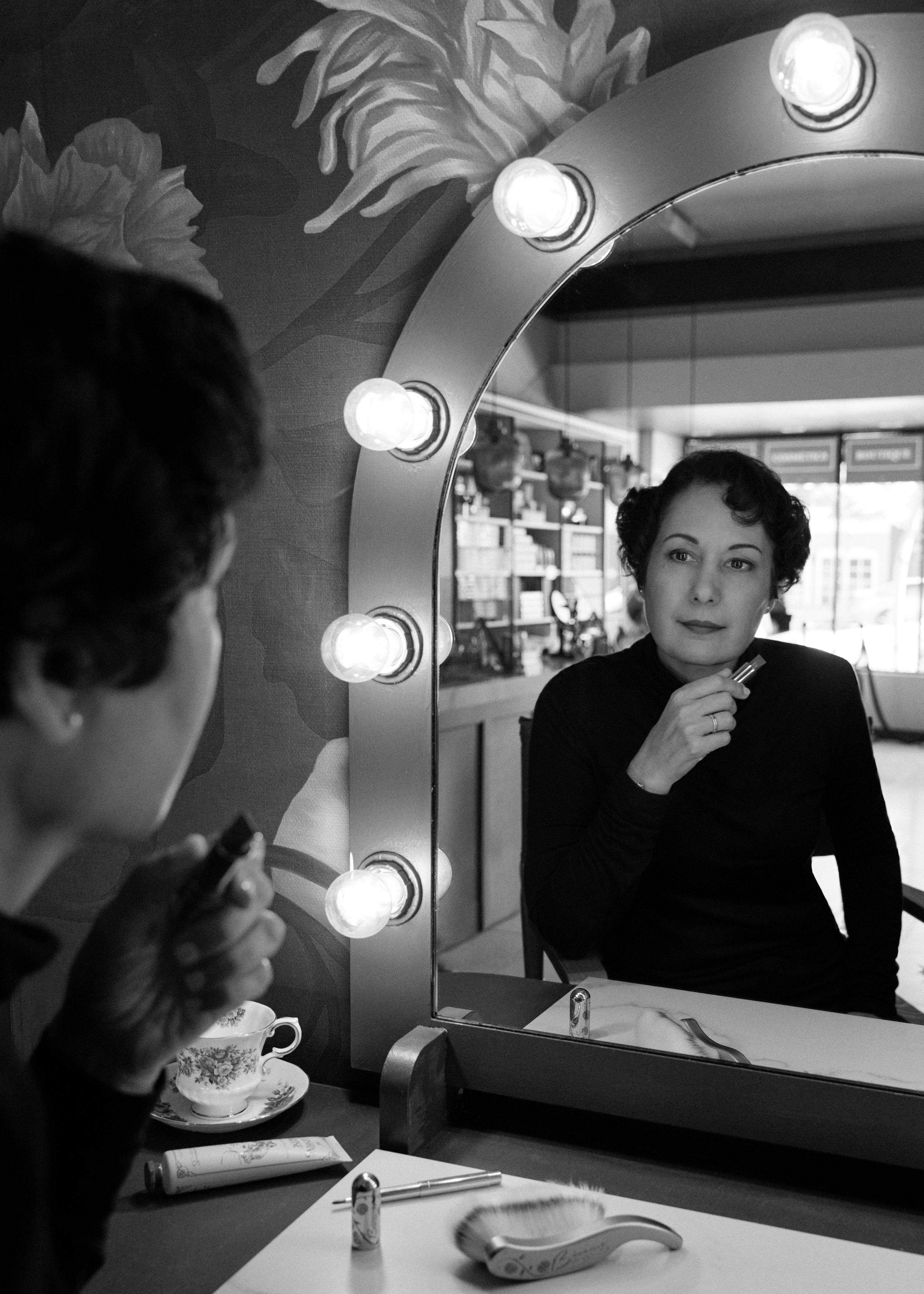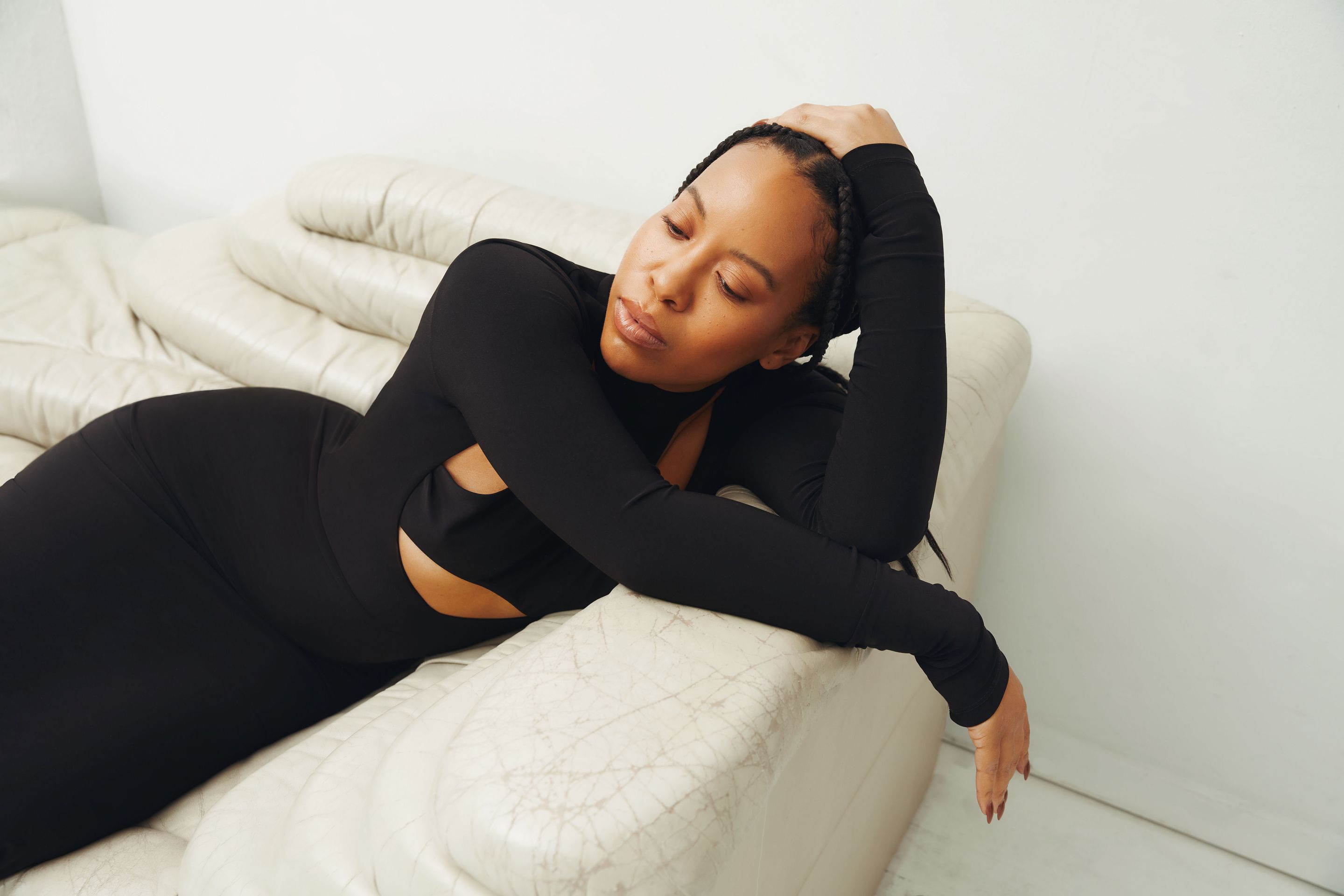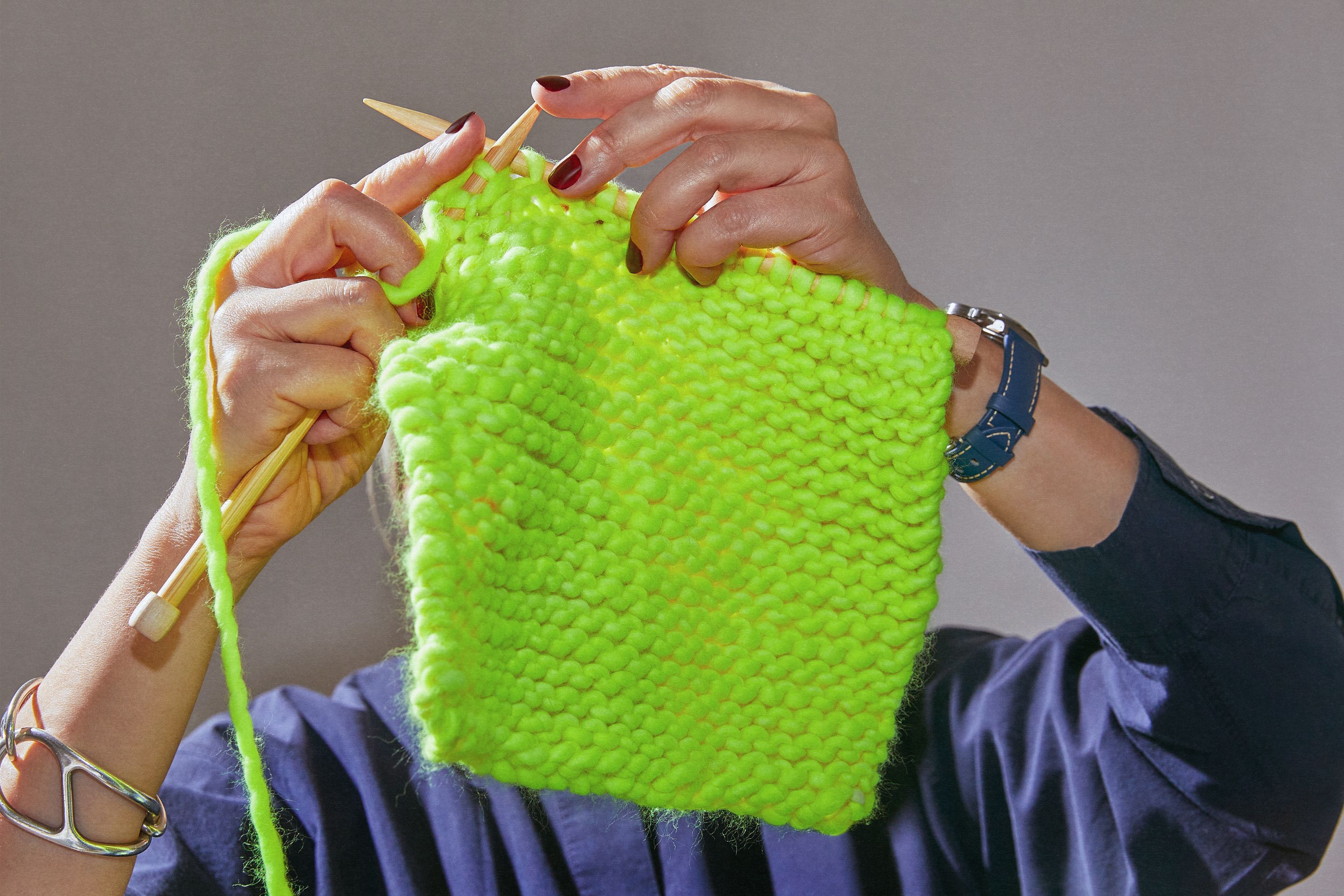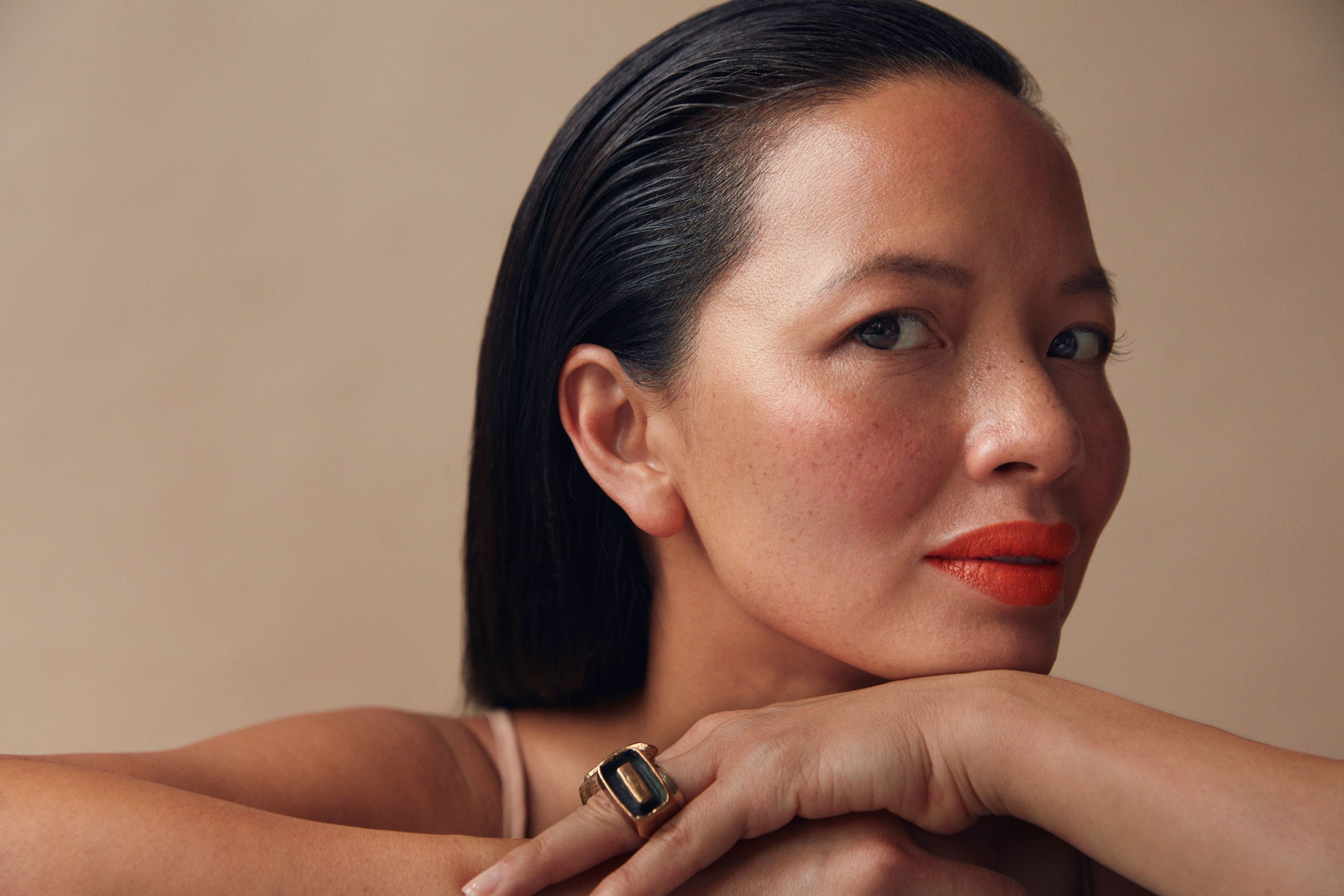
A Lesson in Timeless Beauty
Featuring Gabriela Hernandez
Photography by Cassie Robinson
Words by Erika Veurink
Historian and Bésame founder Gabriela Hernandez believes that when it comes to makeup - the past always informs the present.
Few things are as personal as one’s favorite shade of lipstick. Margot caught up with the woman who knows this better than anyone, Gabriela Hernandez, a cosmetic historian and the founder of Bésame, a timeless line of premium cosmetics based on authentic, archival shades.
Before founding her brand, named after the famous Spanish song, Bésame Mucho, the cosmetics connoisseur wrote Classic Beauty: The History of Makeup, a veritable bible chronicling the fascinating history of cosmetics and the beauty industry. She spoke with Margot about beauty in the past, the secret to the company’s cult products and the enduring power of a bold lip.

Bésame lipsticks: The Bésame products are inspired by the past but embrace the most modern of wearers.

"I looked to the past for insight into how products were made and discovered how little it took to make a woman feel beautiful."
MM: History is clearly important to you and the past influences every part of Bésame Cosmetics—from the packaging to the colorways to the formulation. Can you tell us about how the past informs the Bésame brand today?
GH: I looked to the past for insight into how products were made and discovered how little it took to make a woman feel beautiful. I wanted to go back to that simplicity, and that's why it was important to make the products look like they belonged in the period and give women the fantasy of actually being there. I'm not looking for the latest in new technology but to bring back a sense of beauty in simplicity that seems to be lost today.

"Lipstick is the easiest way to feel an instant uplift in your mood. Color has that power. It is also the easiest to change. So try, experiment, and if it doesn’t work, just wipe it off and try again!"
MM: How does makeup, particularly lipstick, echo changes in history? And has bold lipstick always signaled power and glamour?
GH: Lipstick has been instrumental in reflecting social change. In the 1800s, it was only used in theatre and women who used makeup were considered prostitutes or lacking moral virtue. At the turn of the century, cosmetics were still taboo in the United States, so wearing lipstick during the Suffrage movement was in direct defiance of the system that kept women oppressed and without the vote. Flappers in the period also used it as a signal of being an independent woman, one who supported herself and was, therefore, free to act as she wished.
By the 1930s, the movies had made cosmetics more acceptable and available to most women. In the 50s, the bright pinks and reds represented the ultimate female since the main concern was finding a husband after the war and starting families. In the 60s, the space age was popular, and we saw this in lipsticks with bold metallics. The 70s brought the natural look and the use of glosses, which continued into the 80s. Nudes came next as women were competing in the corporate environment and wanted to play down the feminine and be taken seriously. Today, we no longer have a single look and there is so much diversity in our culture. Women can experiment with different looks depending on their mood.


Vintage cosmetics on display in the Bésame flagship store.
MM: In your daily life, what comes first—the lipstick or the outfit?
GH: The outfit comes first, then my mood that day, then the lipstick. I try to match the cool or warm tones of my clothing to the color I pick to wear. Also, if I need a lift, I opt for brighter colors of lipstick.
MM: As a beauty historian and board member of New York’s Makeup Museum, what would modern makeup wearers be surprised to find about the history of cosmetics?
GH: Vintage makeup is really more simplistic than most people think. If you look at the cosmetic bag - let's say of a woman in the 1930s - you would only find 4 to 5 items inside at the most. Cake mascara, a pencil for brows, and an eye shadow that would match the outfit she was wearing completed the look. The vintage look is really more about grooming than it is about makeup.
"I'm not looking for the latest in new technology but to bring back a sense of beauty in simplicity that seems to be lost today."
Read More



